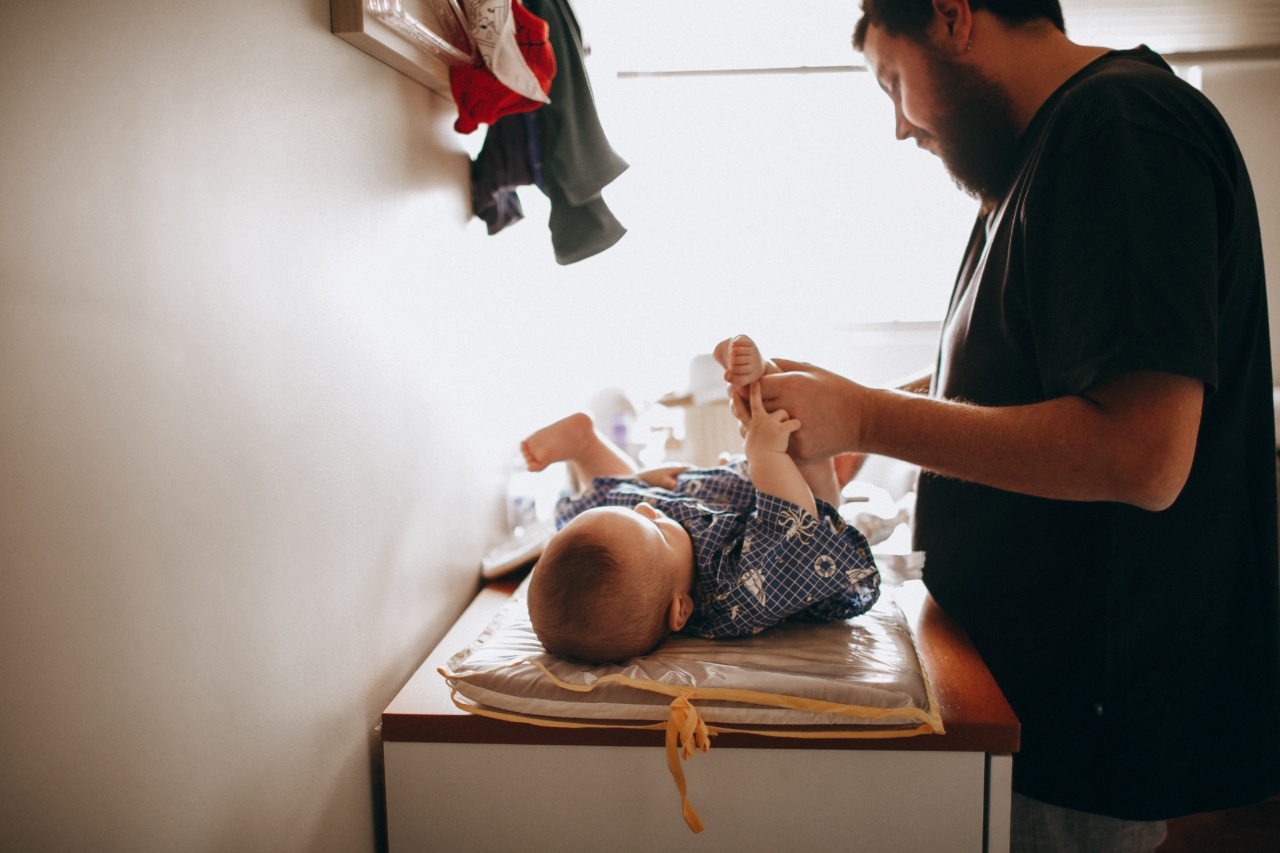When it comes to child safety, there are numerous hazards lurking within our homes. While we take great care to childproof our living spaces, some dangers may go unnoticed.
One of the major concerns is the presence of poisonous household items that can pose a significant threat to our children’s health. In this article, we will identify and discuss 30 common poisonous household items to help you protect your kids from potential harm.
Kitchen
The kitchen, with its plethora of cleaning agents and cooking ingredients, can be a potential minefield of poisonous substances for children. Here are a few items to watch out for:.
Cleaning Products
1. Dishwashing Detergents: These colorful and enticing liquids can be harmful when ingested, causing nausea, vomiting, and even chemical burns.
2. Oven Cleaners: These strong chemicals can cause skin burns and respiratory problems if inhaled or ingested accidentally.
3. Drain Cleaners: The powerful ingredients in these cleaners can lead to serious burns and irritation if they come into contact with the skin or eyes.
Cooking Ingredients
1. Raw Eggs: Consuming raw eggs can expose children to Salmonella bacteria, causing food poisoning and severe gastrointestinal distress.
2. Alcohol-Based Extracts: Vanilla, almond, and other alcohol-based extracts contain high levels of alcohol, which can lead to alcohol poisoning if ingested in large amounts.
3. Hot Peppers: The capsaicin present in hot peppers can cause skin irritations and burns if touched and later transferred to sensitive areas such as the eyes or mouth.
Bathroom
The bathroom is another area where several potentially harmful items are commonly found. Here are a few to be cautious of:.
Medications and Personal Care Products
1. Prescription Medications: Keep all prescription medicines securely locked away, as accidental ingestion can lead to serious health risks and even fatalities.
2. Over-the-Counter Medications: Certain over-the-counter medications, such as pain relievers or cough syrups, can be toxic to children if taken without proper supervision.
3. Mouthwash and Toothpaste: Mouthwash and toothpaste containing fluoride should be used under adult supervision, as excessive consumption of fluoride can lead to fluorosis.
Household Cleaners
1. Bathroom Cleaners: The potent chemicals found in bathroom cleaners can cause skin and eye irritation, as well as respiratory problems if inhaled.
2. Mold and Mildew Cleaners: These cleaners often contain harsh chemicals like bleach, which can cause burns and respiratory issues if not handled with care.
3. Toilet Bowl Cleaners: The chemicals in these cleaners can cause burns and irritation. They should always be stored securely and kept out of reach of children.
Garage and Garden
Both the garage and garden may harbor poisonous items that can pose danger to your kids. Here are a few:.
Automotive Products
1. Antifreeze/Coolant: Antifreeze contains ethylene glycol, a highly toxic substance that can cause severe harm or even death if ingested.
2. Motor Oil and Lubricants: Ingesting or inhaling motor oil can result in aspiration pneumonia or chemical pneumonitis, causing lung inflammation and other complications.
3. Gasoline: Gasoline is a highly flammable and toxic liquid that can lead to serious respiratory problems, chemical burns, or even fire-related injuries if mishandled.
Gardening Supplies
1. Pesticides and Herbicides: The chemicals commonly found in pesticides and herbicides can cause poisoning if ingested, inhaled, or applied to the skin.
2. Fertilizers: Ingesting large amounts of fertilizers can lead to poisoning, causing symptoms such as vomiting, abdominal pain, and even organ damage.
3. Certain Plants: Some common plants found in gardens can be toxic if ingested, so it’s crucial to educate your children about avoiding them. Examples include oleander, lily-of-the-valley, and daffodils.
Living Areas
Even in the general living areas of your home, you may find potential poisonous household items:.
Household Chemicals
1. Paint and Paint Thinners: Inhaling paint fumes or ingesting paint and paint thinners can lead to severe health complications, such as chemical burns, respiratory distress, and damage to organs.
2. Air Fresheners: Some air fresheners contain harmful chemicals that can irritate the respiratory system or cause allergic reactions if inhaled frequently.
3. Certain Houseplants: While houseplants can be a beautiful addition to your home, some species, such as peace lilies, philodendrons, or dieffenbachia, can be toxic if ingested.
Conclusion
As responsible parents, it is our duty to ensure the safety of our children within our homes. By identifying and understanding the potential dangers posed by common poisonous household items, we can take appropriate measures to keep our kids safe.
Remember to store such items securely, utilize childproof locks, and educate your children about the hazards associated with these substances. By taking these precautions, you can significantly minimize the risk of accidental poisoning and promote a safer living environment for your family.





























